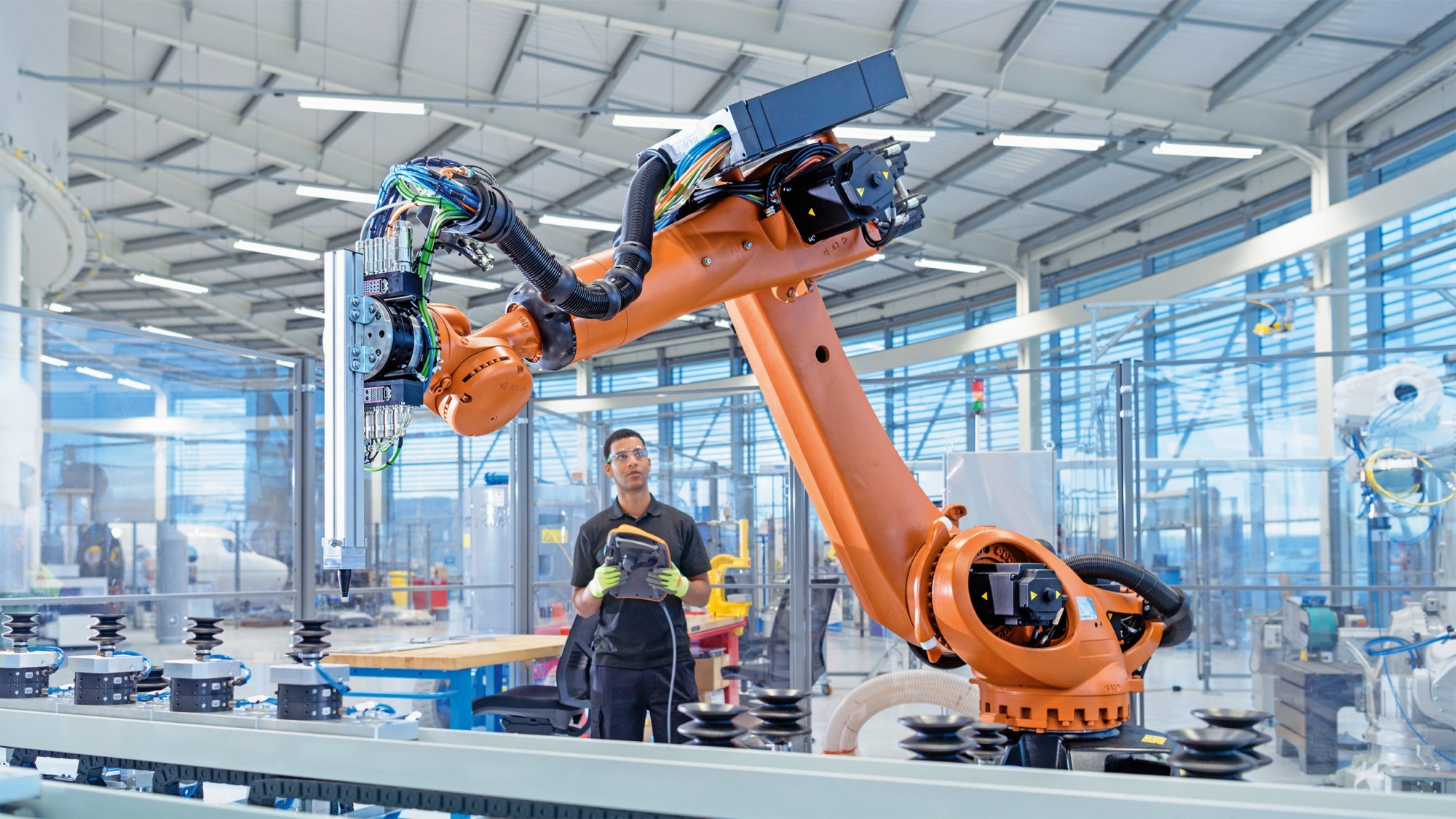Every month, more machine builders and system integrators are transforming their workflows with digital twinning and virtual commissioning, while others question the wisdom of moving in this direction. In this latest article for LTS Insights, we look at why some companies stick with current practices and why others move forward.
Those Who Stay
Based on our experience working with industrial automation providers across North America, there’s a common set of characteristics shared by companies that choose not to fully digitalize. These companies typically:
- -Work with a preferred set of robot brands and controls hardware
- -Use the OLP packages provided by their robot OEMs (i.e. FANUC RoboGuide, ABB RobotStudio, KUKA.Sim, etc.) to simulate and generate robot programs
- -Do not perform virtual commissioning (i.e. driving simulated production systems using real control logic and PLC/HMI hardware)
These companies tend to stick with their current practices because:
- -Their robot programmers and simulation engineers have built up strong skills with the robot vendor software
- -They see virtual commissioning as a process that will create more work without providing ROI
- -They view virtual commissioning as an unproven approach to validating production systems
Those Who Move Forward
Now that we’ve covered why some companies stick with their current processes, what about the ones that move forward with digital twinning and virtual commissioning?
These companies typically:
- -Work with a universal robot OLP platform like Siemens Tecnomatix Process Simulate (a one-stop solution that simulates, validates, and generates robot programs for all major brands)
- -Perform virtual commissioning to validate/debug their controls software in a digital environment prior to real-world commissioning
- -Work closely with OEMs and Tier 1 automation suppliers that have standardized on Tecnomatix Process Simulate
So now that we’ve identified the companies moving in this direction, the next question becomes: Why?
Based on our industry experience, the primary reasons why automation companies graduate from their current processes to performing their robot OLP, simulation, and virtual commissioning on Process Simulate are:
- -Automotive OEMs & Tier 1 suppliers have standardized on Process Simulate
- -Virtual commissioning has become a business requirement for companies looking to work consistently with these OEMs/Tier 1s
- -The solution gives managers unprecedented ability to manage risk by having total engineering transparency in a virtual environment
- -The approach significantly reduces the time and risks associated with real-world machine/system commissioning
- -Project work can continue regardless of when hardware becomes available
- -Process Simulate offers engineers from different departments a single collaborative platform for simulation, robot programming, and virtual commissioning
Project Control & Engineering Transparency
It’s important to note that for many companies moving forward with digital twinning and virtual commissioning, cutting project hours and costs is not the initial goal. While these benefits might come later, these companies (and their customers) are initially looking to gain greater control and transparency over their project timelines and the quality of their deliverables.
When they can watch a virtual production system being driven by real machine kinematics, real robot programs, and real PLC code, automation providers and their customers feel more confident about the progress and quality of their projects. Automation teams spend less time and encounter fewer issues during real-world commissioning, which builds stakeholder confidence even more. And in the end, it’s this enhanced control and engineering transparency that drives better results, reassures customers, and puts digitalized automation providers ahead of their competitors.
Next Steps
If you have any questions about this article or Siemens Tecnomatix Process Simulate, please don’t hesitate to reach out. We’d be happy to connect you with one of our solution experts.



